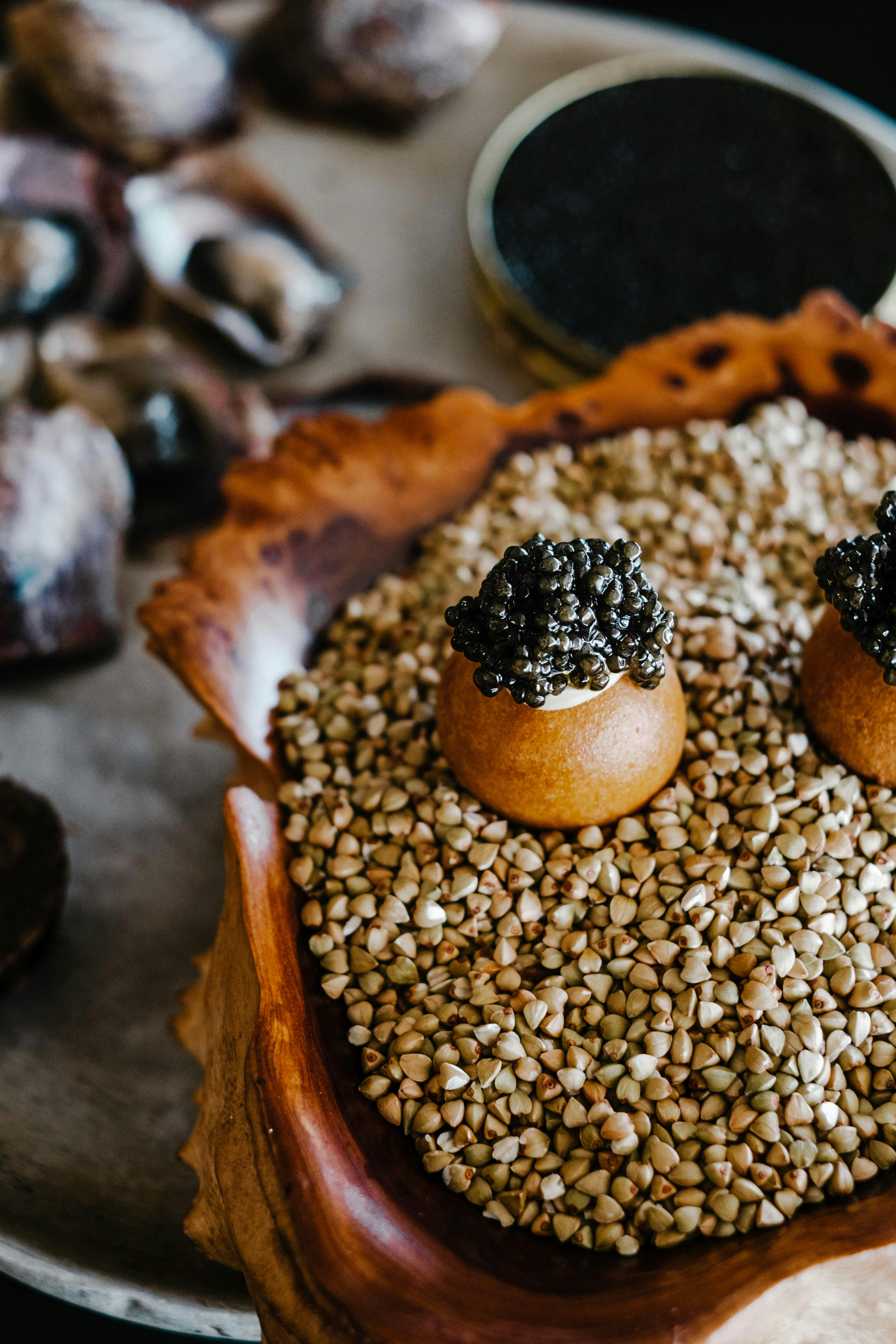The Art of Molecular Gastronomy: Exploring Food Science in the Kitchen

Understanding Molecular Gastronomy
Molecular gastronomy is a culinary discipline that investigates the physical and chemical transformations of ingredients that occur while cooking. It involves the application of scientific principles to traditional cooking techniques, resulting in innovative and visually stunning dishes.
The Science Behind Flavors
One of the key aspects of molecular gastronomy is understanding how flavors are perceived by the human palate. By manipulating factors such as texture, temperature, and aroma, chefs can create unique sensory experiences that challenge the traditional notions of taste.
Techniques and Equipment
From spherification to sous vide, molecular gastronomy encompasses a wide range of experimental techniques and specialized equipment. Chefs often use tools such as liquid nitrogen, vacuum sealers, and emulsifiers to create dishes that push the boundaries of conventional cooking.
Culinary Innovation
Through molecular gastronomy, chefs have the freedom to explore new ingredients, flavors, and textures, resulting in dishes that are not only delicious but also visually captivating. This fusion of art and science has revolutionized the culinary world, inspiring a new wave of creativity in kitchens around the globe.





